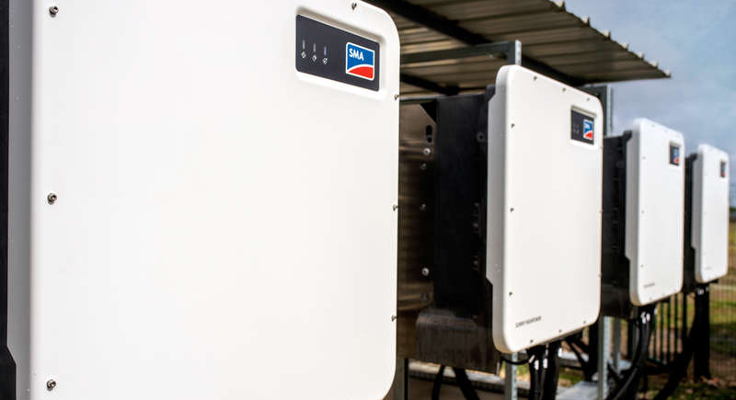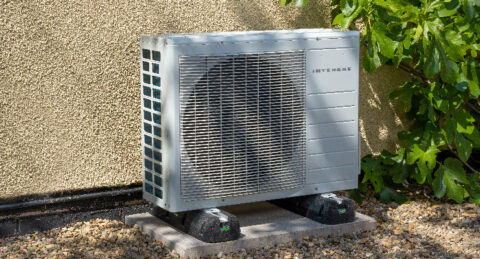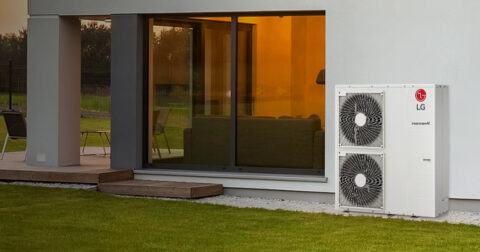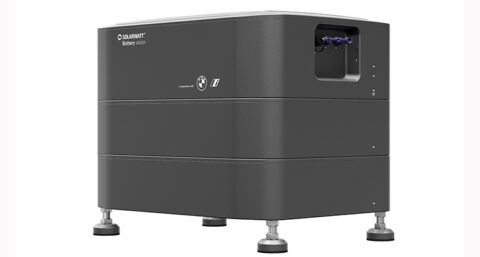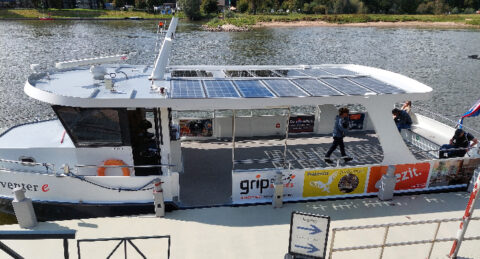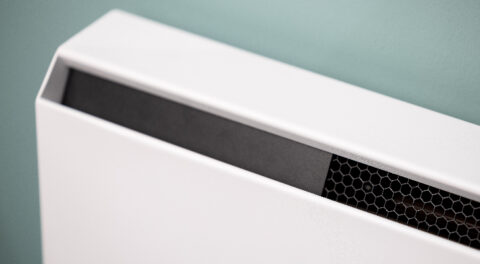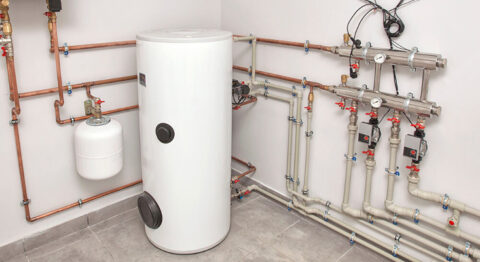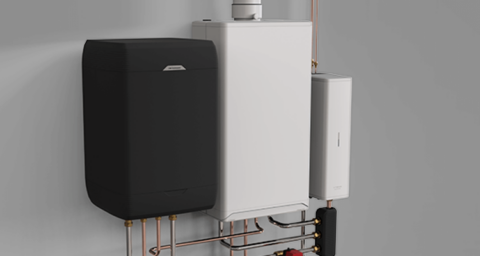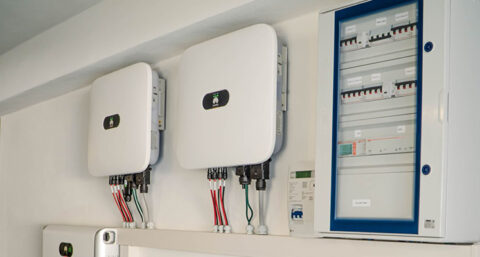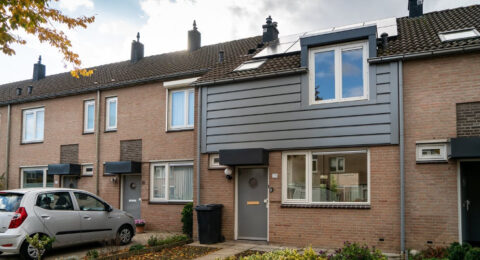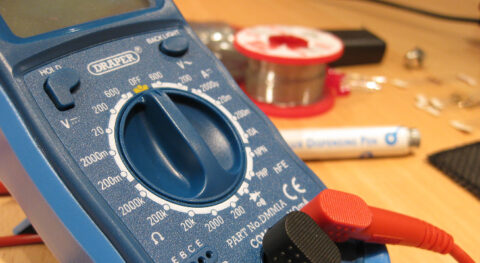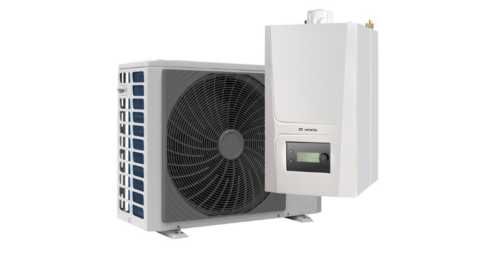A home battery allows your customers to store surplus solar power locally, allowing them to use it themselves at a later time. That way, not a "drop" of free power goes to waste and energy costs decrease even further. We list five home batteries.
Sessy
Sessy' s home battery with built-in inverter can work together with any PV inverter. The system is modular, so it can easily grow with energy needs. The manufacturer recommends installing one home battery for every 3,000 to 4,000 kWh of consumption. All software and hardware is developed in-house in the Netherlands. Installers, like technically inclined customers, can potentially build functionality themselves, thanks to the software's open API.
The capacity of this lithium iron phosphate (LFP / LiFePO4) battery is 5 kWh, with a maximum of 2.2 kW charging and 1.7 kW discharging. The home battery can handle both 1-phase and 3-phase inverters of any brand, and you prefer to hang this home battery on a wall. Placement on the ground is also possible in itself, but then a different casing is needed and it must still be fixed to the wall afterwards to prevent falling over.
Kiwatt
Kiwatt supplies two types of batteries and both use lithium iron phosphate (LFP / LiFePO4). The so-called Kiwatt Home Battery of 10 kWh is specifically designed for households and small organizations. You combine this home battery with a 1-phase inverter from Kiwatt (3.5 kW, 5.0 kW, or 8.4 kW), or with a 3-phase inverter of 10.0 kW. In terms of scalability, as many as 14 can be paired. That brings the maximum storage capacity to 140 kWh. The home battery is wall-mounted indoors or outdoors and is IP65 certified.
The so-called Kiwatt Battery is intended for businesses and it is IP43 certified. With this expandable system, the minimum storage capacity starts at 30 kWh and this increases incrementally to as much as 800 kWh. As for inverter, the power starts at 10 kW and this incrementally increases to 50 kW. This makes it easy to select the optimal power output to match the expected load and the selected storage capacity.
SMA
SMA Home Storage is a new home battery that can be optionally placed on the floor or mounted on a wall. Total storage capacity ranges from 3.28 kWh to 16.4 kWh by combining up to five modules together. Placement can be done indoors or outdoors, the battery has IP65 certification and uses lithium iron phosphate (LFP / LiFePO4).
This battery can be combined with the so-called Sunny Tripower Smart Energy, which is a hybrid inverter from SMA (5.0, 6.0, 8.0, or 10.0 kW). In addition, a new inverter is on the way, the Sunny Boy Smart Energy, which again is a hybrid inverter from SMA (3.6 kW, 4.0 kW, 5.0 kW, or 6.0 kW). According to the manufacturer, this new inverter will be available in the second half of 2024. It is a PV inverter and battery inverter in one and features three MPP trackers, supporting different roof directions. There is also an integrated emergency power supply, while an optional backup function will be added later via a firmware update.
Enphase
Enphase 's IQ batteries feature multiple IQ micro-inverters. Those micro-inverters are quick and easy to replace, making the home battery easy(er) to repair in the event of a failure. In addition, you can combine an IQ battery with Enphase microinverters placed under the solar panels themselves. This home battery can also handle (single-phase and three-phase) inverters from other brands.
The IQ Battery 3T with a storage capacity of 3.5 kWh and an output of 1.28 kW has four integrated micro-inverters. The IQ Battery 10T has a capacity of 10.5 kWh, a power of 3.84 kW and there are a total of twelve integrated micro-inverters. This is because the system consists of three IQ Battery 3T storage units. Both models are IP55 certified and installation is possible both indoors and outdoors. The operating temperature ranges from -15°C to 60°C. The material used is lithium iron phosphate (LFP / LiFePO4).
Tesla Powerwall
The Tesla Powerwall has a storage capacity of 13.5 kWh. Because up to ten of these modules can be combined, a capacity of 135 kWh can be achieved. The operating temperature ranges from -20°C to + 50°C and the optimal temperature is from 0°C to 30°C. Thanks to its IP67 certification, the home battery can be placed both indoors and outdoors, on a wall or on the floor. The Powerwall 2 has a continuous power of 5.8 kW (was previously 5 kW). For up to ten seconds, a peak power of 10 kW can be delivered (was previously 7 kW).
Meanwhile, the Powerwall 3 is also on the way. The storage capacity has remained the same at 13.5 kWh. However, the continuous capacity has been increased significantly to 11.5 kW. Whereas the Powerwall 2 still had to be connected via AC to an (existing) inverter, the Powerwall 3 has an integrated inverter with six MPP-trackers. The Powerwall 3 is therefore coupled via DC and cannot be combined with the AC output of PV inverters. The material used is lithium iron phosphate (LFP / LiFePO4).
